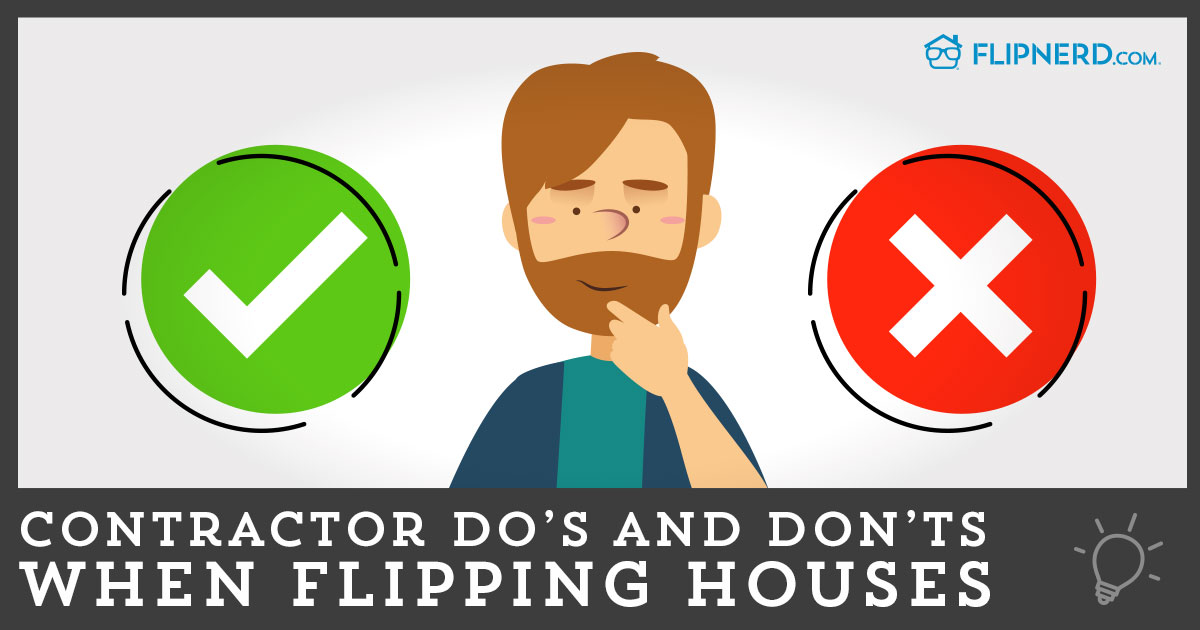You finally pulled the trigger and bought that fabulously priced condo in Estes Park, Colorado, using your IRA funds. After a few renovations, you picture it being a perfect mountain get away for tourists and locals alike. You’ve already got the contracting companies in mind to help spearhead your design projects, and your IRA has the funds to get things rolling. Now what? When an IRA buys a property, it has the same investment management considerations as a property bought outside of an IRA. IRA real estate has to worry about paying taxes, insurance, finding tenants, and collecting rent. The IRA holder is responsible for setting up how the IRA’s property management proceeds. Property management for your IRA can look a few different ways. Some of these methods require a lot of time and attention, while some acquire less. Certain property management methods also have more fees associated with them than others. In order to choose the management methodology that works best for your IRA real estate, make sure to talk to your IRA service provider about their fees. Many providers have different fee schedules and fee rates, so comparing providers can help you find the company that best fits your needs.
The first IRA property management methodology that can be employed is direct management by the IRA account holder. For instance, if you want to re-shingle the roof on your new Estes Park condo, you can choose the roofer yourself, and then ask your IRA custodian to cut a check from your IRA to pay the roofer. Down the line when you have rent coming in from tenants, the rent will go back to the IRA custodial entity. All of the IRA’s finances are essentially housed with the IRA custodian. Money gets disbursed from the IRA, and the receipts from rent or other areas come back to the custodian.
This is the most direct route to managing your IRA property. It’s the responsibility of the account holder to pay attention to the transactions that take place with their IRA’s money, and to be wary of prohibited transactions. The next route you can take to manage your IRA’s property is to hire a property manager. The non-disqualified property manager can perform many functions. You, the IRA, holder, will enter into a contract with your chosen property manager. You can then direct the property manager to do perform whatever projects you want done for your property, or direct them to receive your property’s rent, pay your property’s bills, keep a cash reserve in case of emergency expenses, etc. Some IRA holders don’t want to go to their IRA custodian every time they want to cut a check to a subcontractor (especially if they’re doing a lot of renovations). Instead, these account holders may send a large amount of IRA funds to either a general contractor, or a CPA, or a trusted bookkeeper that can then disburse the IRA funds, collect the receipts, and send the receipts and the unused money back to the IRA. It’s incredibly important that the IRA holder can trust this person, as once the custodian disburses the funds, they are not responsible for what happens to them. IRA holders who go this route must choose wisely! A third methodology for managing your IRA’s property is to do so through a corporate entity. There are several ways that this can occur. The first is that an IRA can invest in private equity or own stock in a private company, such as an LLC or C-CORP. Because the corporate entity is also a legal entity, it can also be the financial hub for the IRA. It can receive funds for the IRA-owned property, and disburse funds for bills. A checkbook control IRA is a version of a corporate entity being used during this process. You can read more about Checkbook Control IRAs here. In the course of figuring out which property management method is best for your IRA real estate, you’ll need to understand your personal preference for convenience, time commitment, and what your ultimate goals are for the investment. Once you know all the rules and possible arrangements, you can choose which structure is best for you.
Written by: Clay Malcolm









